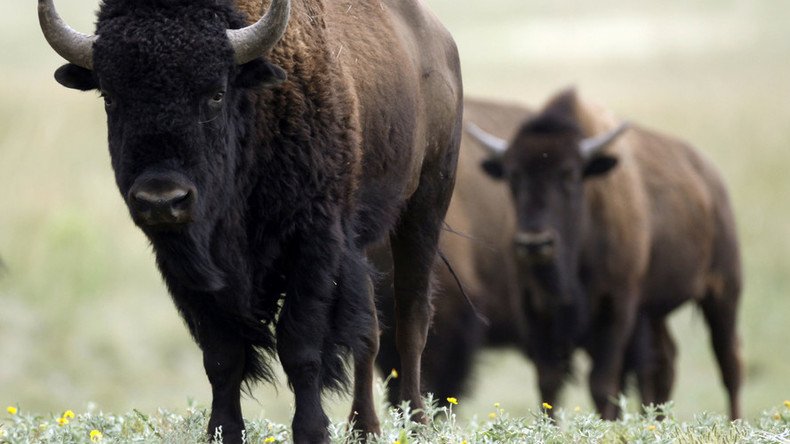Ice Age bison-cattle hybrid did exist, DNA evidence shows

A species believed to be a bison-cattle hybrid depicted in ancient cave paintings did exist according to new DNA evidence. Studies of bones discovered in caves confirmed the existence of this ancestor of modern livestock.
"Finding that a hybridisation event led to a completely new species was a real surprise - as this isn't really meant to happen in mammals," lead researcher Professor Alan Cooper said in a statement. The hybrid was named the Higgs Bison, after the subatomic particle discovered in 2012.
Mysterious origin of European bison revealed using DNA and cave art https://t.co/D2RKNxdzh6
— NatureCommunications (@NatureComms) October 19, 2016
Paintings of the species were previously seen on the walls of the Marsoulas caves in France, estimated to be 15,000 years old.
Teaming up with bison conservation researchers and paleontologists, Cooper and his team studied DNA from ancient teeth and bones discovered across Europe, the Urals and the Caucasus.
"The dated bones revealed that our new species and the Steppe Bison swapped dominance in Europe several times, in concert with major environmental changes caused by climate change," said Dr. Julien Soubrier, who co-authored the study.
Extended interview with @ACAD_Adelaide's @JulienSoubrier and Alan Cooper on 'Higgs bison' discovery: https://t.co/CSYMybRDf6 ^BO
— Uni of Adelaide (@UniofAdelaide) October 19, 2016
The team then worked with French cave researchers, who showed them paintings matching the age of their unidentified species. The steppe bison, ancestor of the modern American bison, was depicted in one painting, while another species with shorter horns and small humps was shown in another.
The team believes this second species, with its similarity to the modern European bison, is the Higgs Bison.
"It dominated during colder tundra-like periods, without warm summers, and was the largest European species to survive the megafaunal extinctions. However, the modern European bison looks genetically quite different as it went through a genetic bottleneck of only 12 individuals in the 1920s, when it almost became extinct. That's why the ancient form looked so much like a new species." Cooper said.
READ MORE: ‘Treasure of humanity’: 14,000yo cave paintings found under Spanish town (VIDEO)
Scientists team believe the species originated 120,000 years ago, as a hybrid of the steppe bison and the extinct Aurochs, the large wild ox from which modern domesticated cattle are descended.
The results of the study were published in Nature Communications.













